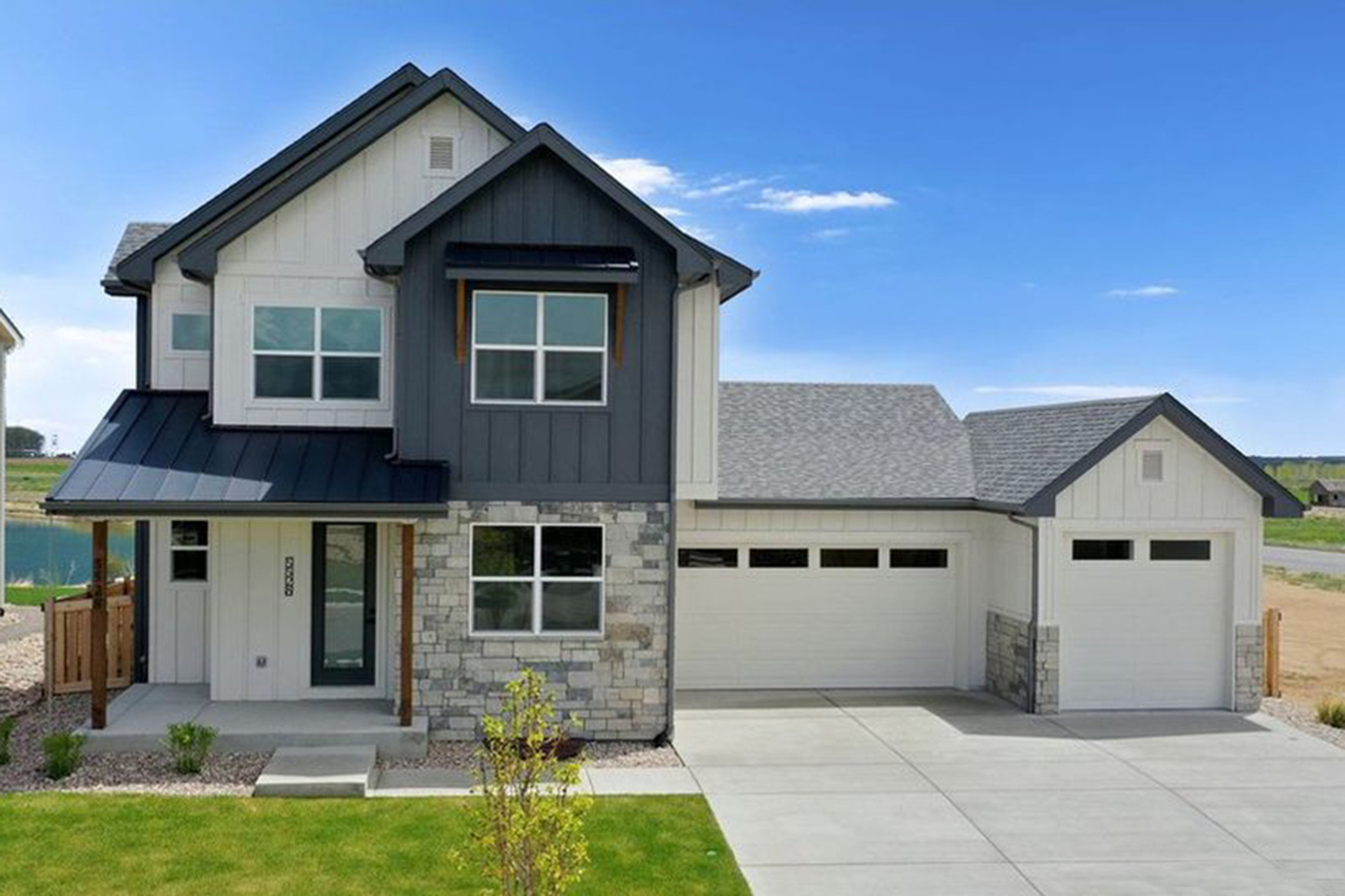Thousands of home and garage plans exist online that can be searched as future homeowners envision their perfect house design. The odds that one design will include every desired feature a homeowner wants are slim however, and that’s where house plan modifications come in. Architects and designers are often able to adjust and refine plans to make the layout work or the style fit better with what a homeowner has in mind. These modifications, when made prior to the start of construction, can result in one of the most cost-effective ways for homeowners to create and customize their dream home. The House Plan Company, a house plan marketing company based in Eugene, Oregon asked professionals in the field for their insights about how to make the home building process easier for homeowners. Here’s what they had to say:
“House plans provide a starting point for those who are interested in having their home built to meet specifications that work for them,” said Rick McAlexander, CEO of The House Plan Company. “Having the ability to alter existing plans is often both less expensive and less time intensive than designing a custom home from the ground up.”
Through the plan modification process, clients work with designers to customize a specific design with changes that can range from simple door or window adjustments, to adjusting exterior elevations by adding dormers or changing the texture of the façade. More complex adjustments can also be made, such as a complete kitchen redesign, or the addition of rooms or other spaces not previously in the plan.
“House plan modifications really offer the customer the ability to add a personal touch to a house plan they will soon call home,” said Jessica Langlois, modification project specialist at Drummond House Plans. “Big or small, the ability to make these adjustments help customers feel creative and allow them to be part of the design process. It also results in the construction of a home that meets their specific needs.”
The House Plan Company’s experts in the architectural and design fields suggest that the ideal time to modify plan designs is during the blueprint phase – not in the field when the project is under construction.
“The advice I give clients about plan changes is to trust the designer to look at all of the elements that modifications to the original plan may cause to be altered,” said Charles Roccaforte, owner of Charles Roccaforte’s Hill Country Plans, Inc. “Plan modifications should be done by the designer and not on the job site. When changes are made in the field once construction has started, it can be disastrous – and expensive.”
Ken Pieper, residential designer at Ken Pieper Signature Designs believes the customer willing to select a home plan and go through the construction process is a much more invested buyer than someone purchasing an already built new or resale home. His advice? “The most important contract the home plan buyer will have between the builder and themselves is the set of construction documents the homebuyer delivers to the builder or contractor. The need for accuracy and specificity that must be and should be required in a professional set of construction documents is paramount,” said Pieper.
Architectural design experts agree that key considerations homeowners should keep in mind when modifying existing home plans include:
- Agree to the design plan before construction begins. Changes are less costly when made on paper before the build begins, however homebuyers must realize there is a cost to alter plans. Even “simple” changes require experience and time to adjust.
- Never improvise during a building project. Improvisations on the build site not only present the opportunity for errors, they can be detrimental to the budget and the project timeline.
- Know the qualifications and experience of the architectural designer hired for the project. House plans can sometimes be difficult to interpret, especially to the untrained eye. Designers must have the experience to review all of the details to verify that the changes are possible, comply with building codes and meet the client’s goals.
- An architect or designer’s title is not the most important consideration. When selecting a design team, experience, creativity and a satisfying connection with the chosen individuals or team should be the most important and relevant considerations.
- Clients should consider working up a rough sketch of the desired outcome. Putting ideas down on paper in the planning stage will help the designer gain perspective related to the client’s likes and dislikes. Gathering ideas from magazines or social media can also contribute to this invaluable insight.
As seen on PRUnderground



